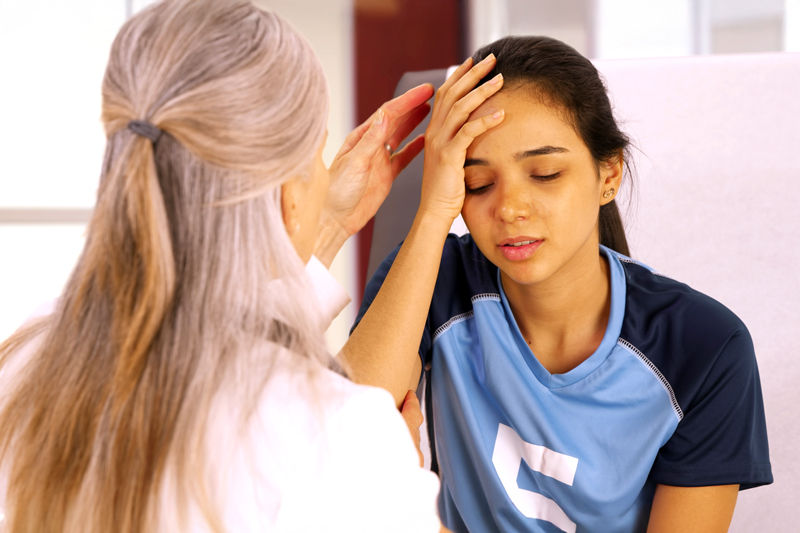How to survive snake bite season
- jude72
- Oct 12, 2021
- 2 min read

Spring is here. But it’s not just the flowers that are out. Snakes are too.
This time of the year is when snakes start getting active again after being very docile over winter.
Around 3000 people get bitten by a snake in Australia each year. The best thing to do is to avoid being bitten in the first place. So, try to avoid walking through long grass especially in spring or summer. (Snakes love to hide in it.) If walking through bush, remote areas or even gardening, it’s smart to wear sturdy shoes and long pants to protect you or minimise the effect of a bite.
Remember snakes are more scared of you then you are of them, so if you see a snake, back away carefully and slowly keeping your eye on the snake at all times. Snakes generally only attack when they feel threatened.
If someone does get bitten dial 000 and get an ambulance on the way. Tell them as much detail as you can about the person, the possible description of the snake and give them accurate directions to find you.
To treat a snake bite, get the person comfortable, calm and still as quickly as possible. DO NOT try to wash any venom out of the wound as this can help identify which snake bit them.
Immediately immobilise the limb that has been bitten. Next, apply a pressure bandage to the bite area. Work from the bottom of the limb up over the bite area and continue as far up the limb as you have bandage. Mark the area of the bite on the bandage to make it easier for the ambulance crew or paramedics.
After the initial bandage, apply a splint to keep the limb straight and still. Wrap another bandage around the splint and limb. If the bite is NOT on a limb, apply any form of bandage you can find to the bite area and then apply firm pressure with your hands to the wound area.
Continue to keep the person calm and still. If they go into shock or cardiac arrest, apply CPR if you are trained. Whatever their condition, remain with them until the ambulance or medical assistance arrives, continuing to provide comfort and support. (Remind them VERY FEW SNAKE BITES ARE FATAL.)
If you don’t have a proper bandage or splint, you may have to improvise and that might mean you don’t do as a good a job as you could. A simple solution is always to carry a first aid kit with you in your car, backpack or when you go camping or on holiday.
At Results First Aid we have a first aid kit that is especially created for snake bites. It has all the essentials you need to quickly treat a snake bite and give your victim the best chance of recovery.
They are just $19 each. Order yours online here https://www.resultsfirstaidkits.com/product-page/regulator-snake-bite-first-aid-kit








Comments